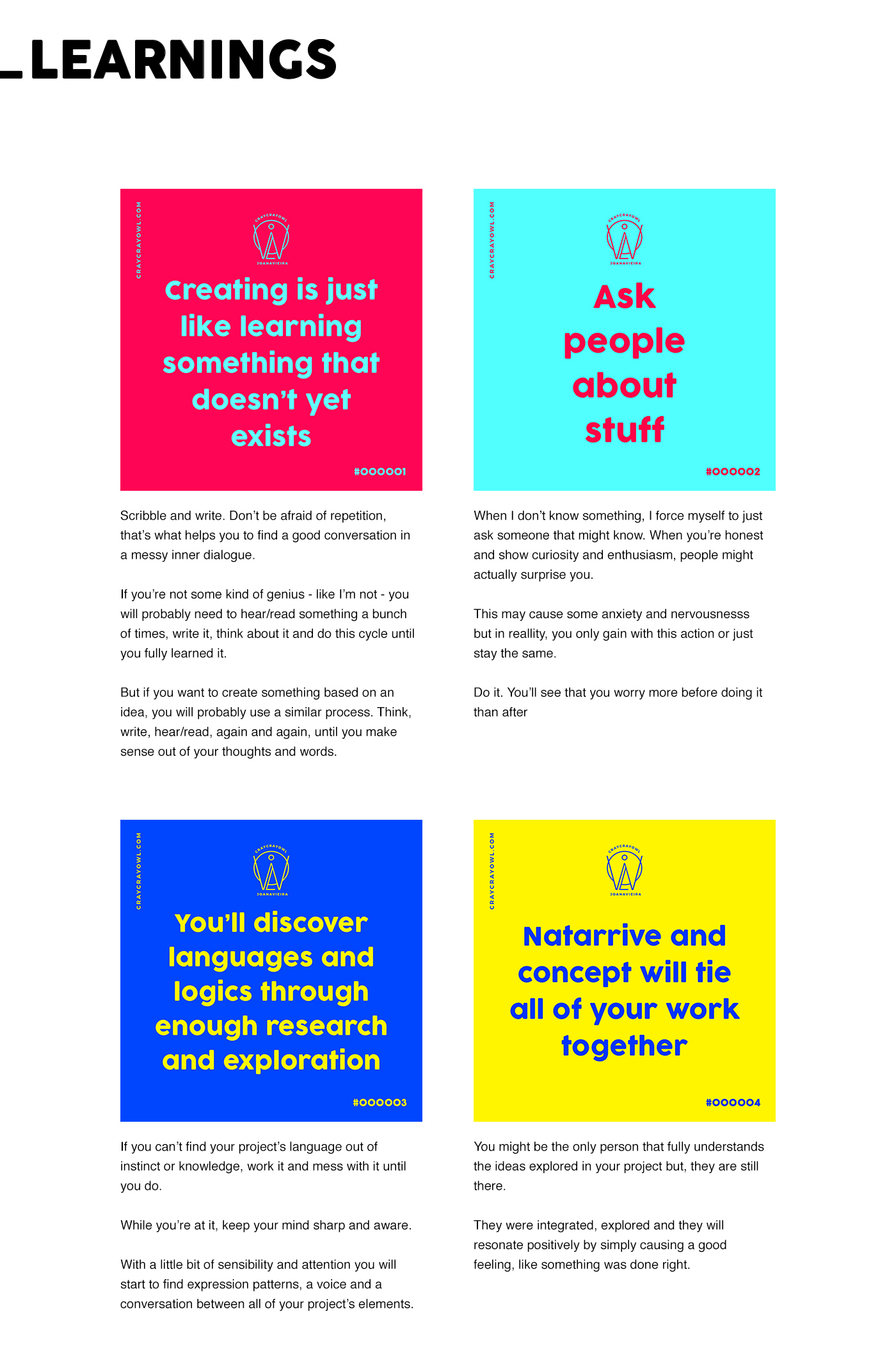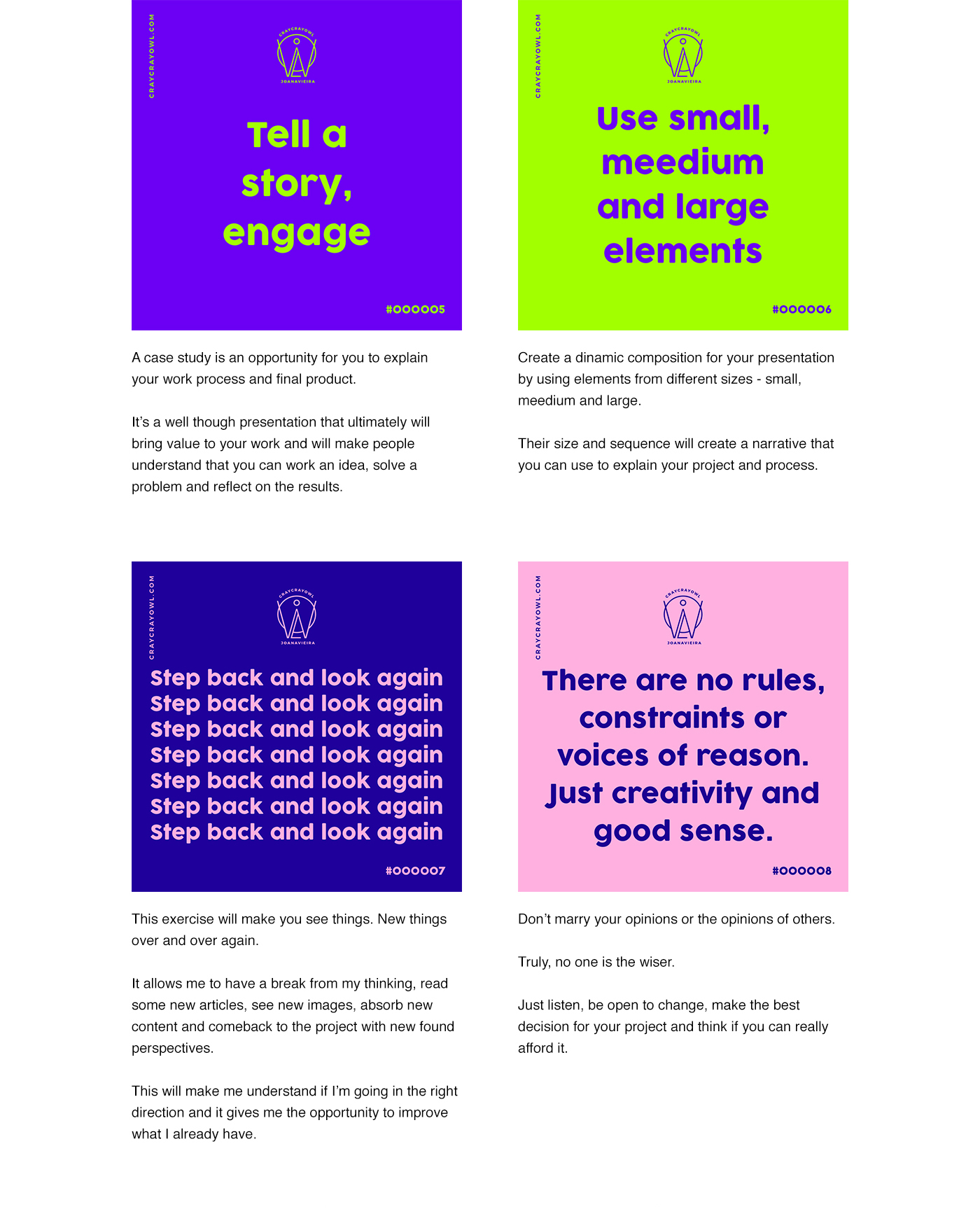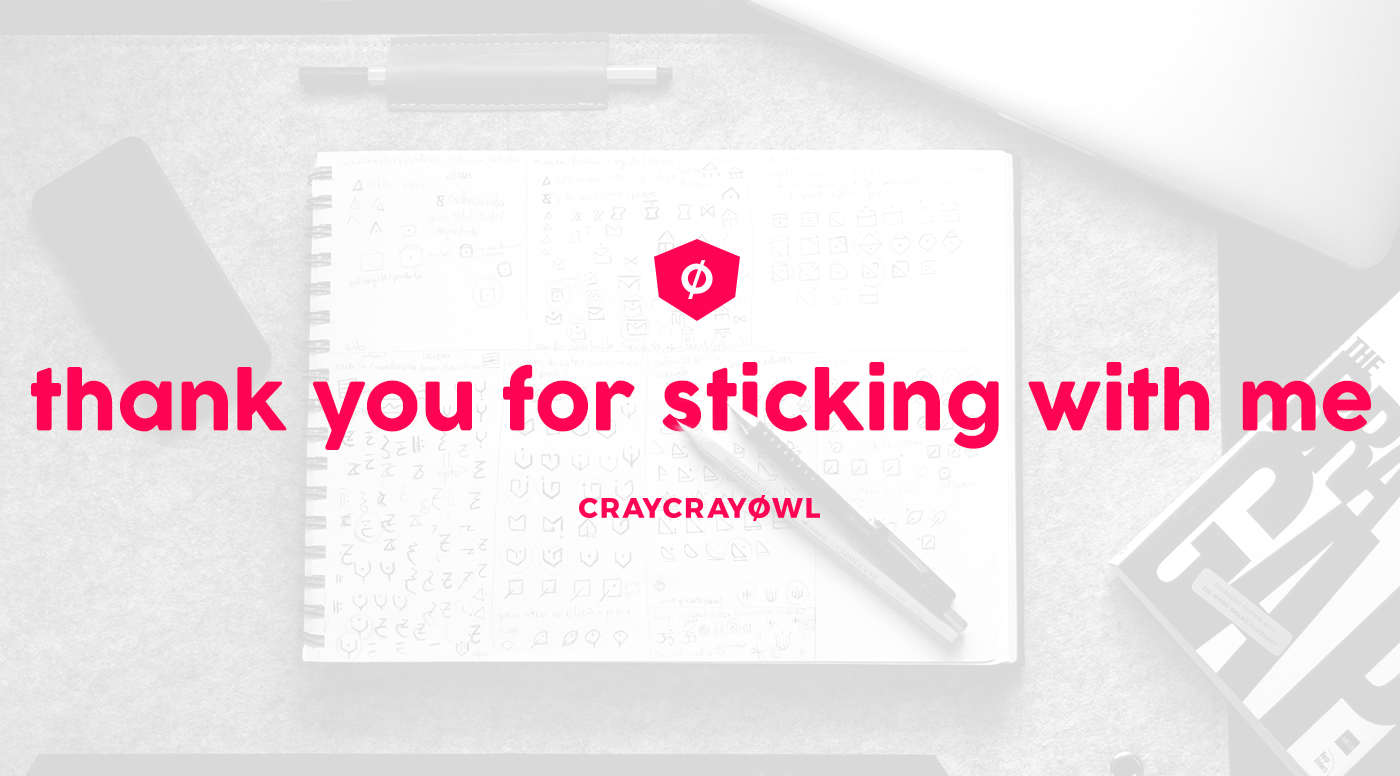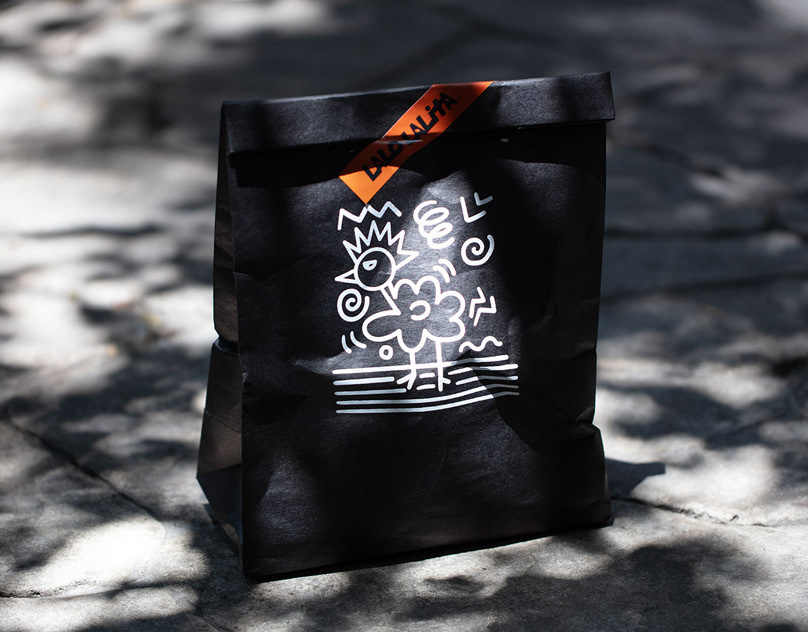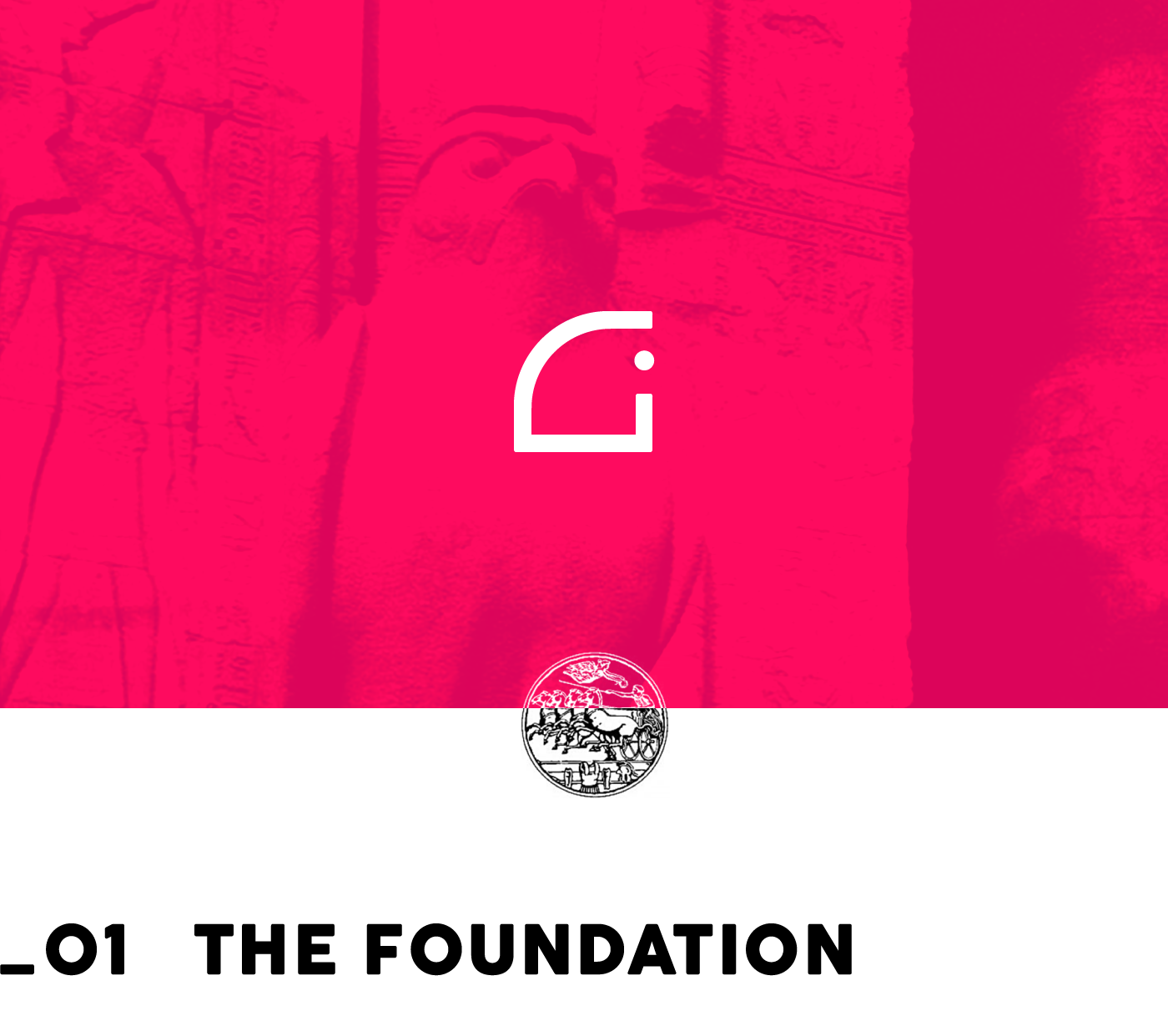
Calouste Gulbenkian was a philanthrope, a petrol magnate, art collector and businessman of Armenian origins.
His strong connection to the human condition and universal values led his foundation to be build upon the pillars of respect for humanity, intellect, diversity and the environment.
In accordance with a clause on his testament and by respecting his wish, the Calouste Gulbenkian Foundation was born in 1956, destined to assure a legacy that would travel generations.
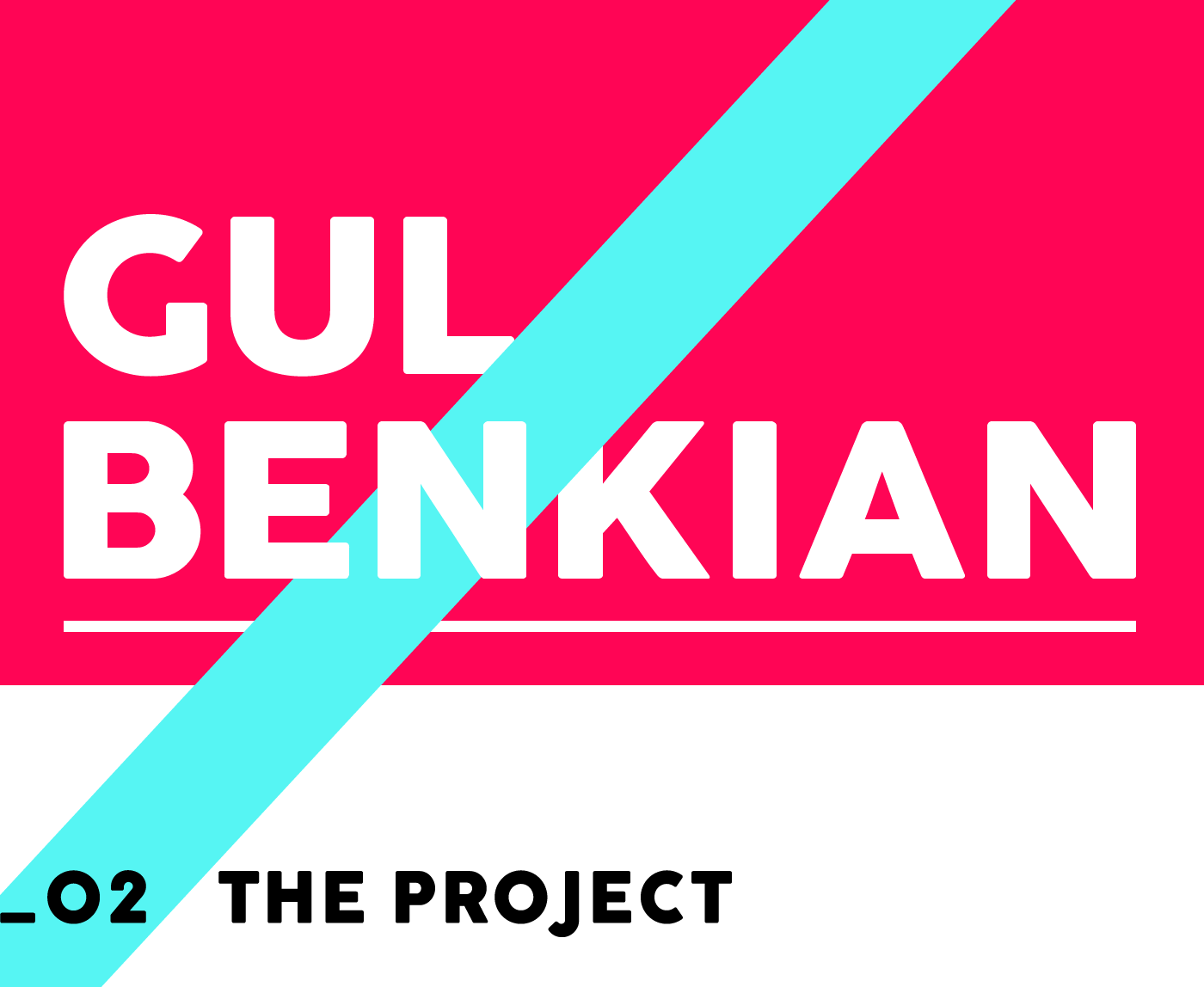
This project is a rebrand exercise and case study explaining the conceptualization, thinking process and development of a logo system for the Calouste Gulbenkian Foundation.
The Foundation’s core mission is to contribute to a better society by building knowledge and improving lives through a singular complex, able to combine the arts, beneficence, science and education in harmony with nature.
By respecting and celebrating the multiplicity of sectors within a singular-home-Foundation, the rethink of the original logotype challenged the understanding and conception of a mutable identity apt to combine flexibility, simplicity and dynamism by adequation to the surroundings.
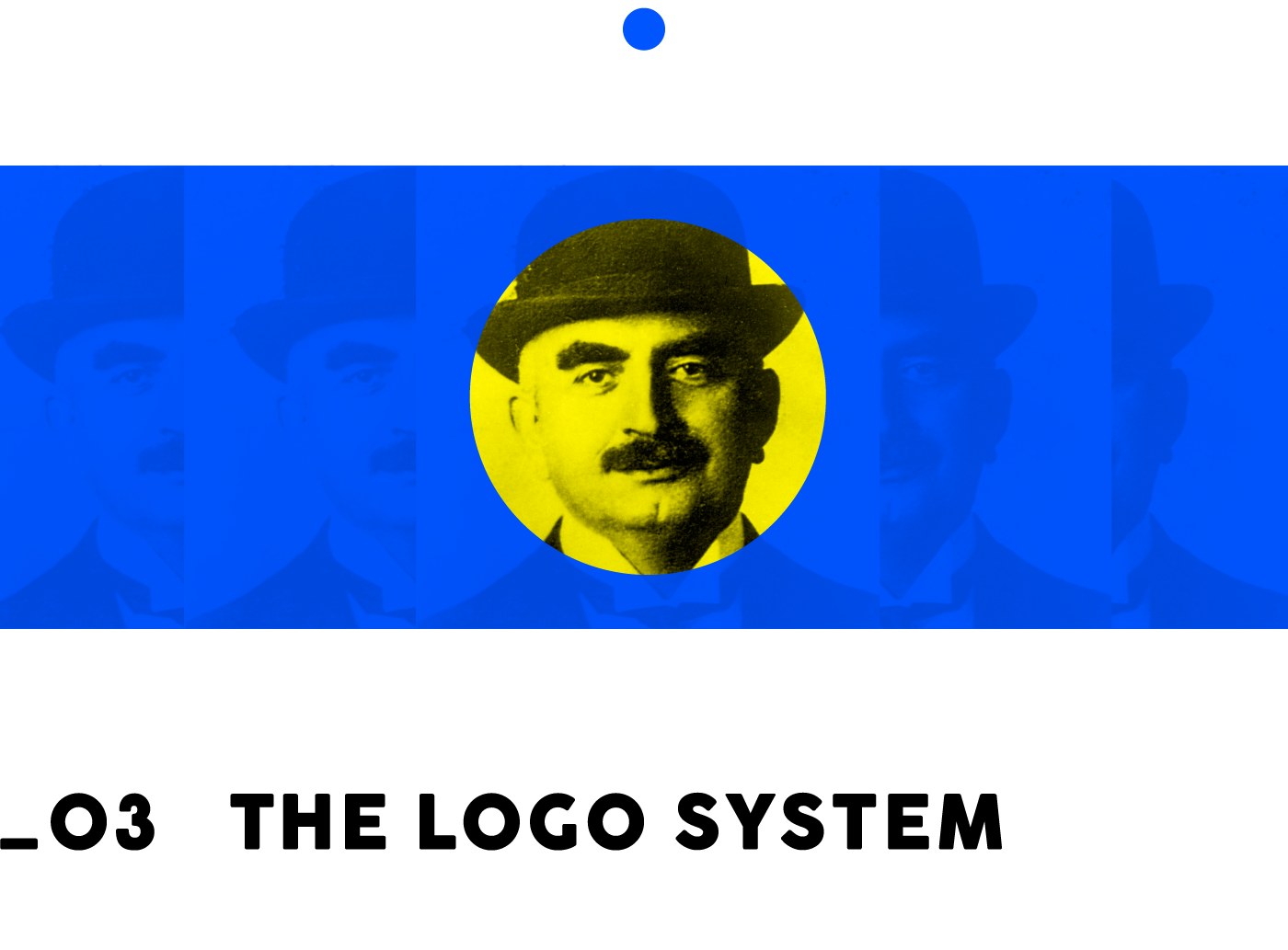
The main logotype is composed by a wordmark and a monogram that represents the Foundation in a energetic and sharp manner. This typographic and pictorial language is used as a structure for the logo system assuring a bond between the different brand sections.
A series of glyphs were created to illustrate and represent the several areas and departments that constitute the Foundation. Based on the square shape, the glyphs searches for depth and meaning in their simple visual representations. A portrayal of complex ideas by a minimalist approach that trusts ambiguity to open up the system to diverse and individual interpretations. The glyph anatomy serves as a transversal genetic code that establishes and secures the original meaning to the shape.
When in absence of the glyph element, the Foundation is represented by the wordmark or lettermark in alliance of a dot. The Dot functions as an allusion for Calouste Gulbenkian himself, the glyph system, the monogram and what it represents.
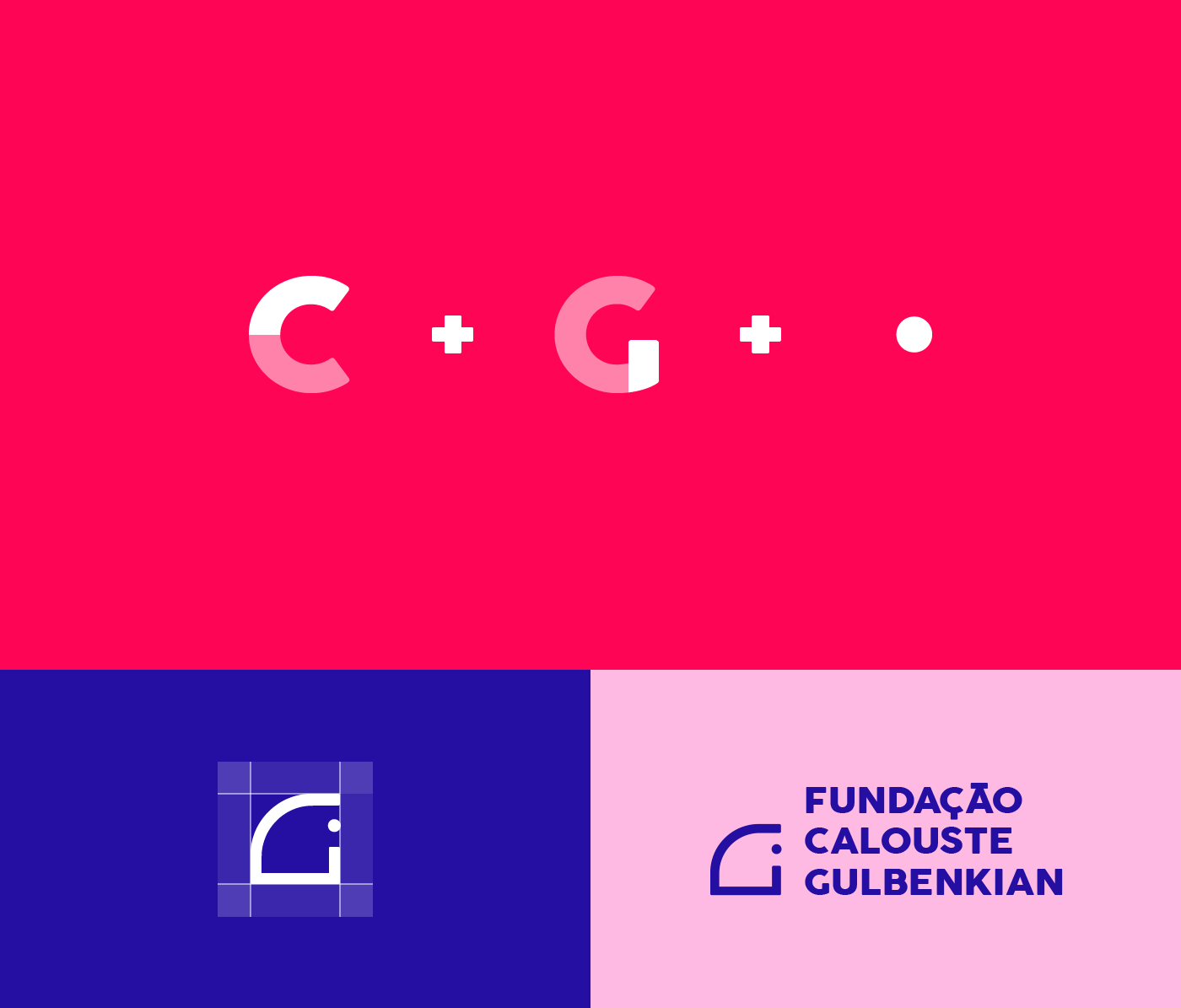
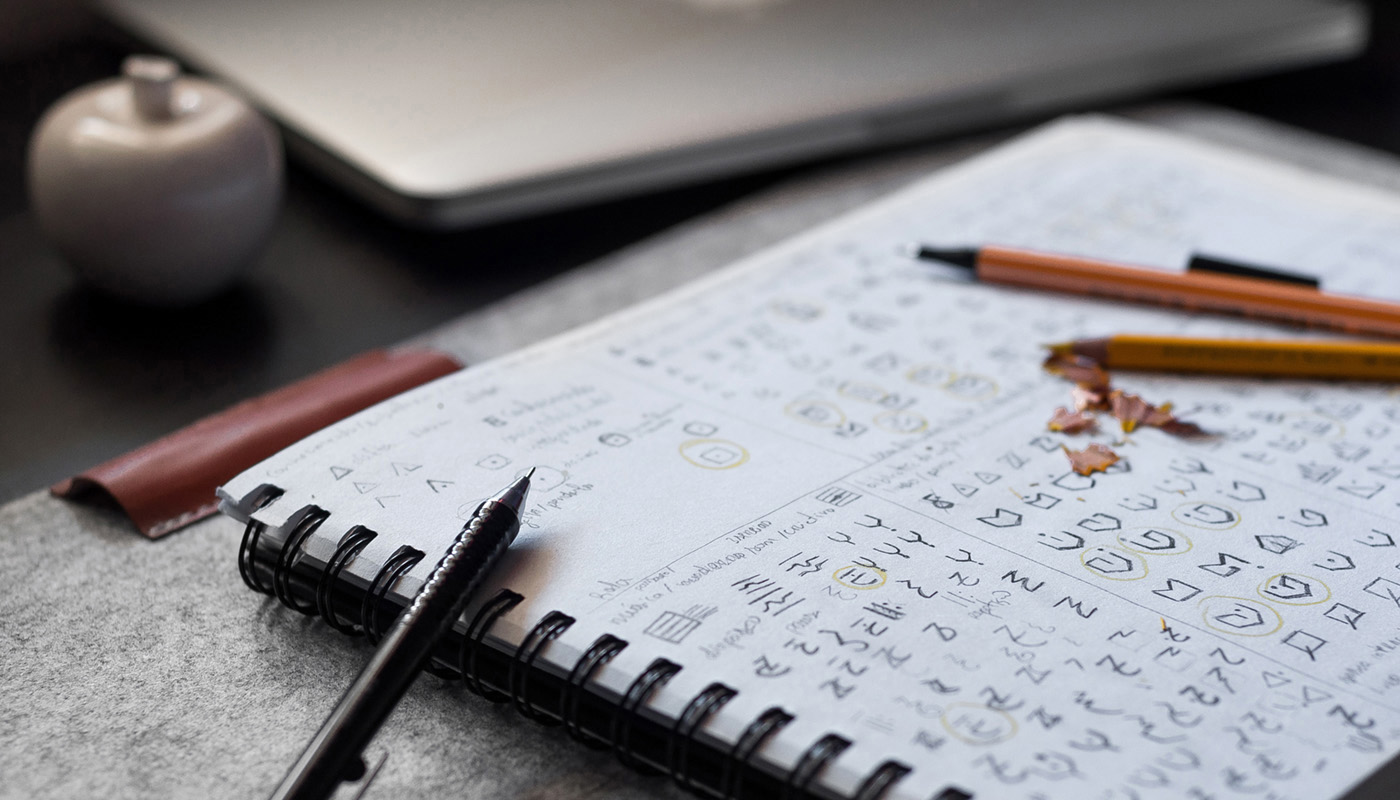
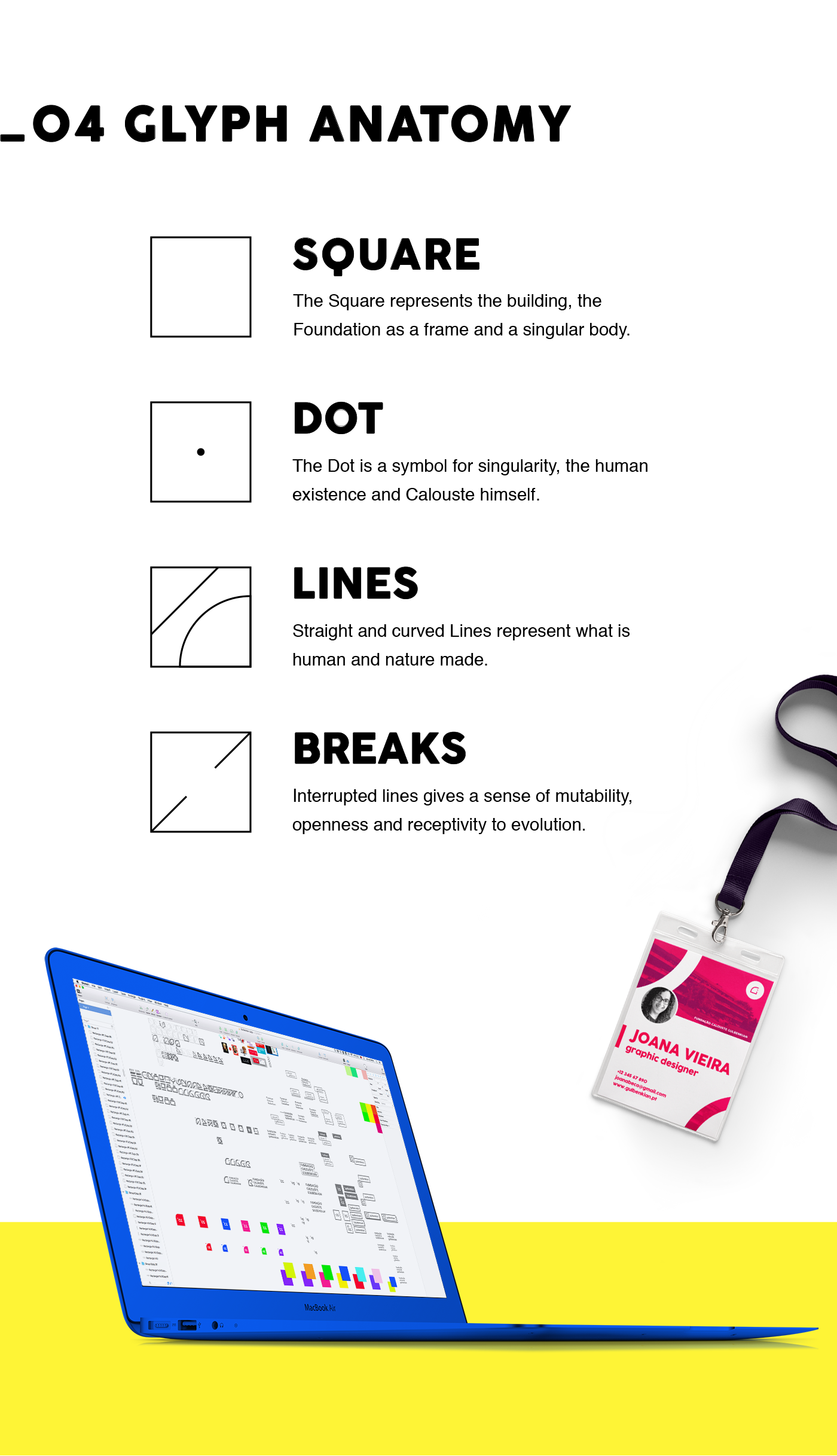
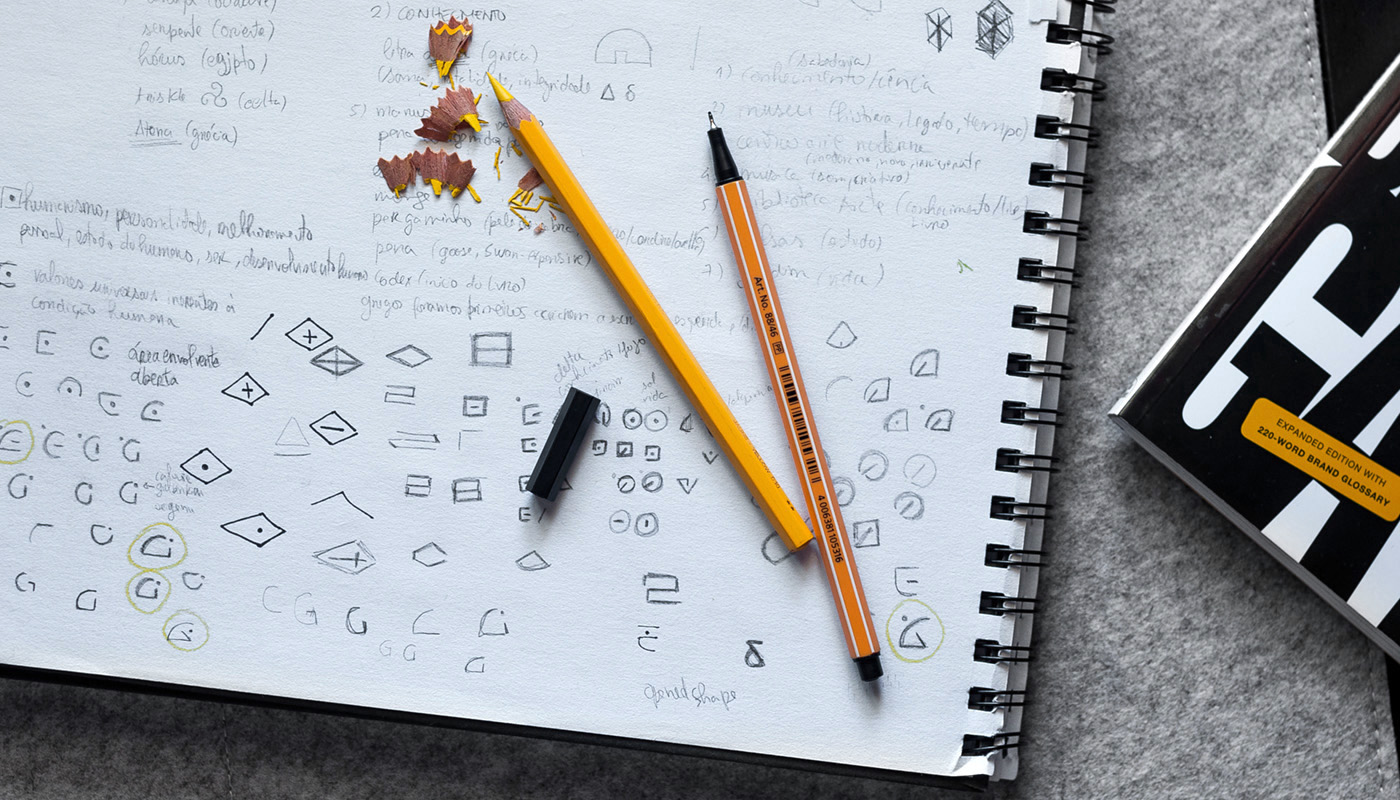
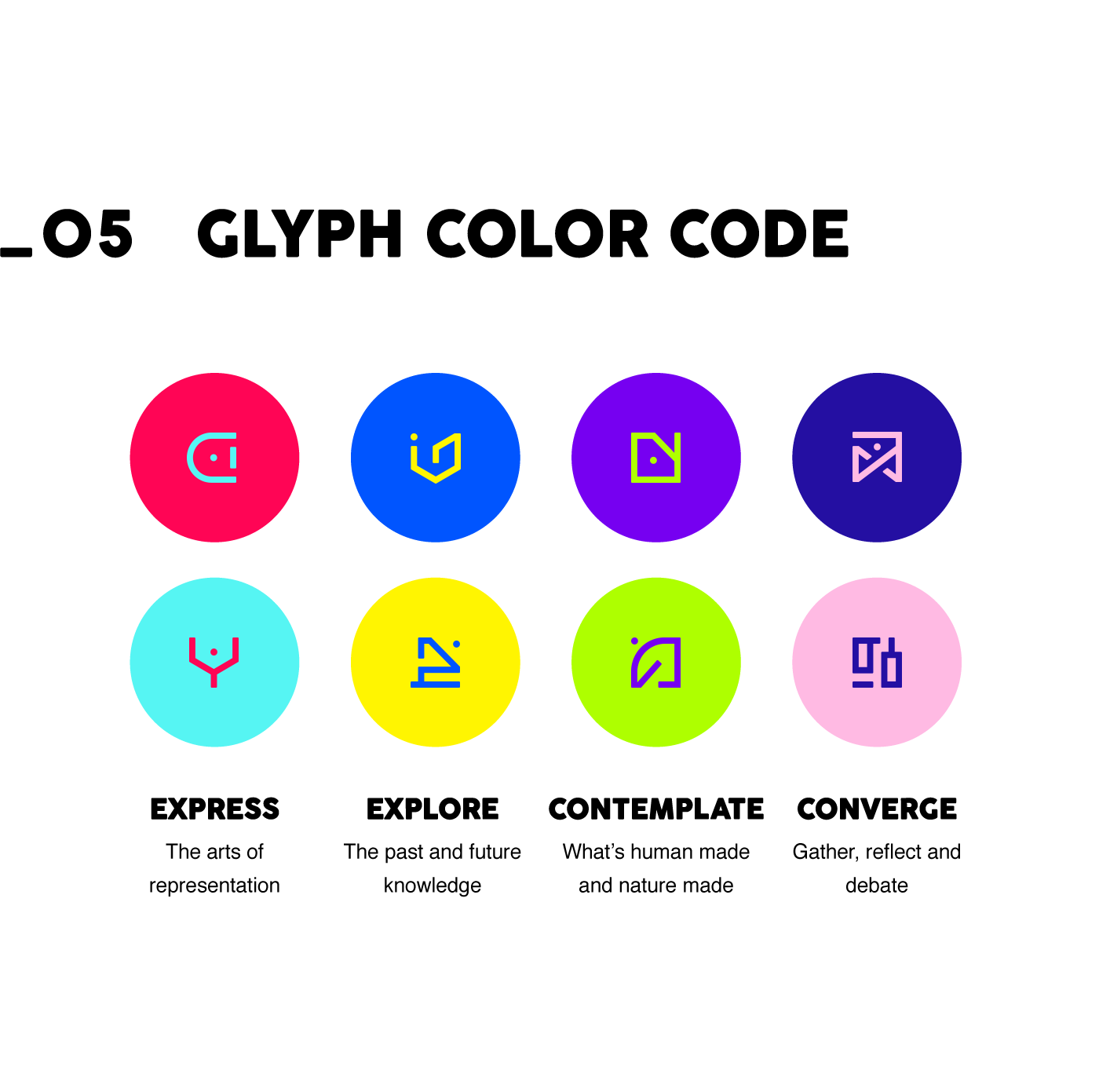

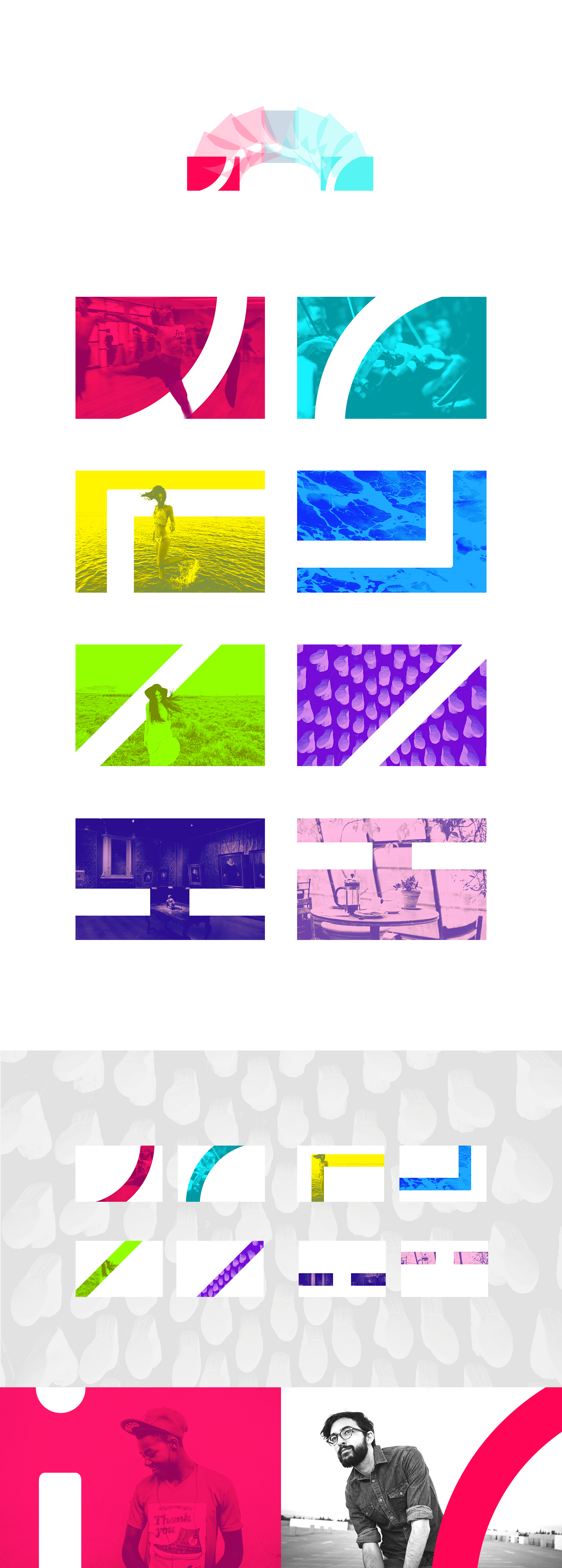


If you want, you can check out my Medium post on this project explaining into more detail my research, thought and work process.
Inspiration
Projects
MIT Media Lab by Pentagram
Universidade do Minho by Francisco Providência
Casa da Música by Sagmeister & Walsh
EDP by Sagmeister & Walsh
HP by Moving Brands
DeviantArt by Moving Brands
Sports Games 201 by Adriana Astua
Saint-Étienne Opera House by Brand design Graphéine
COP 25th Global Climate Change Conference by Shangning Wang
CAPTIVATE by Mustaali Raj
National Military Museum by Ferdy Pullens
The Grand Egyptian Museum by Rana Hossam Gaber
Castle Quarter Budapest by János Hunor Vári
WOW Awards Asia 2015 by Zainab (Karachiwala)
Ressources
Fonts used
COCOGOOSE by Zetafonts
Helvetica by Max Miedinger and Eduard Hoffmann
Mockups used
ID Card Holder by Pixeden - Mackbook Air by Design Lazy - Business Cards by Graphics Fuel - Coffee Cup by Graphic Burger
Photos used
Calouste Gulbenkian in Egypt (1933) link - Calouste Gulbenkian portrait link - Amphitheatre (Reuters) link - Magnet link - Tuning Fork link - Classical genres - Graph link - Pen Nib (Heather) link - Old Book (Giorgi Sharvashidze) link - Ocean - (Matthew Kosloski) link - Caravela link - Picture Frame (Avantrend) link - Isaac Newton Cartoon (Frits Ahlefeldt) link - Green Leaves link - Tivoli City Park link - Infinity link - Philadelphia Museum of Art link - Coffee Shop link - Shopping Bags link - Dancers link - People Playing Violin link - Woman on Water link - Sea Water link - Woman and Nature link - Art Exhibition link - Museum link - Coffee - Shop link - Man with Cap link - Man with Demin link - Woman and Forest link
